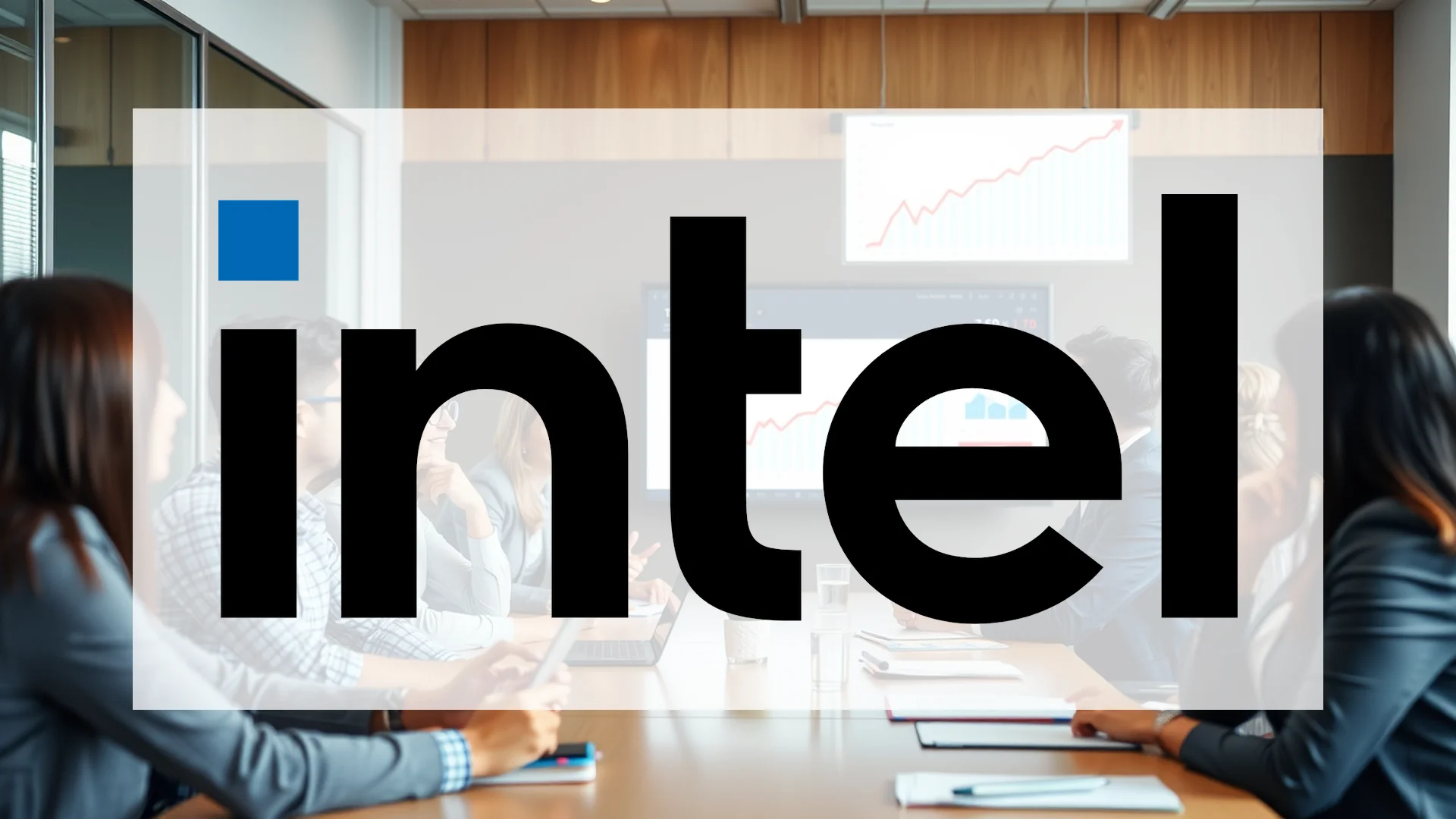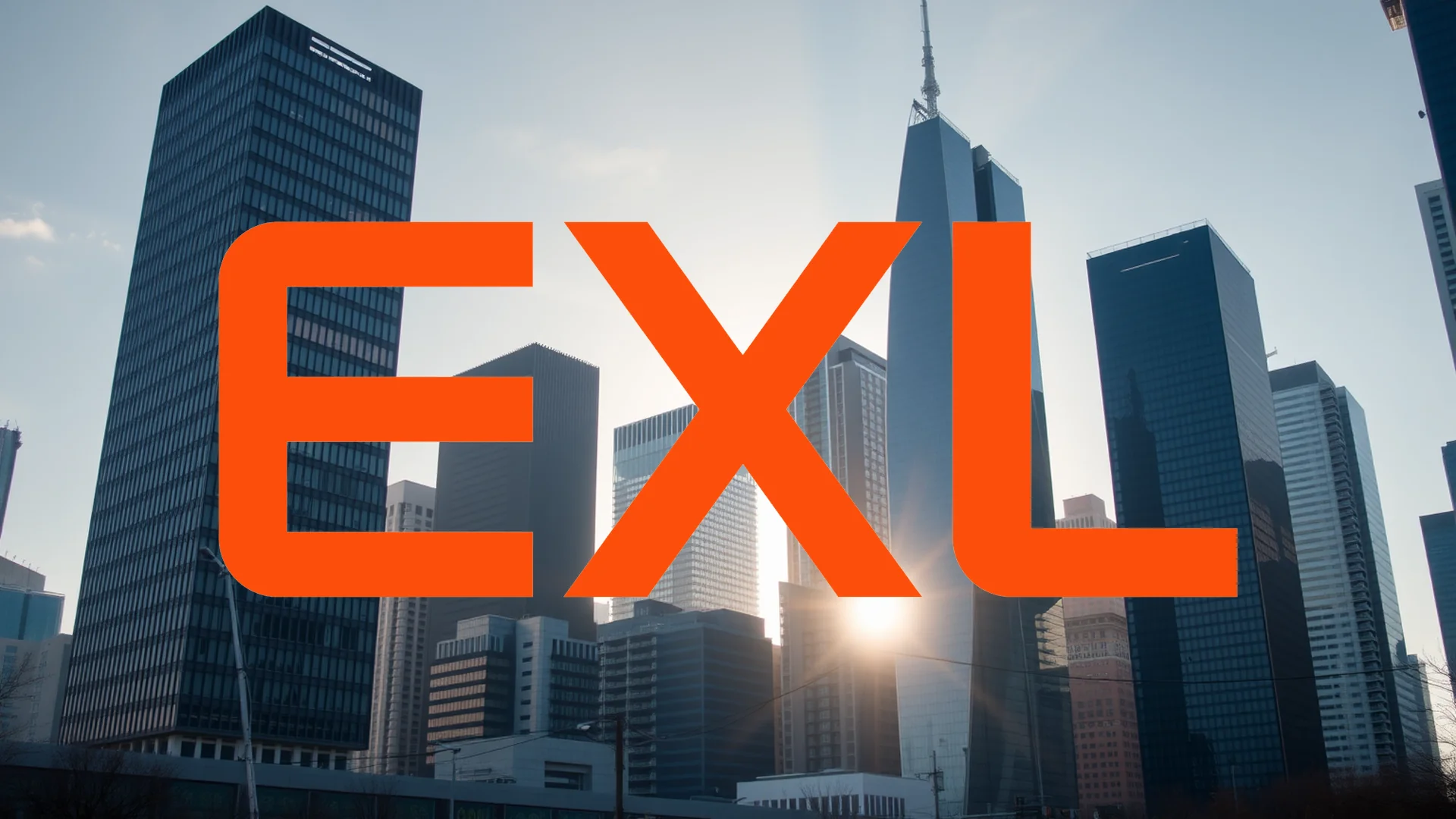Intel Corporation is undergoing one of the most significant leadership transformations in its corporate history. Chief Executive Officer Lip-Bu Tan has initiated a sweeping executive reorganization, resulting in the departure of Michelle Johnston Holthaus, a three-decade company veteran who most recently led the product division. This radical restructuring raises questions about whether deeper strategic shifts are underway and what implications these changes hold for Intel’s stock performance.
Executive Reshuffle and New Appointments
The announcement came after market close on Monday, revealing that Holthaus—who had even served as interim leader following Pat Gelsinger’s December 2024 departure—will exit the company. She will remain temporarily in an advisory capacity to assist with the transition, marking a diplomatic conclusion to her thirty-year tenure.
Alongside these departures, Tan is bringing fresh talent into key positions. The chipmaker has recruited industry heavyweight Kevork Kechichian to lead its data center operations. Kechichian joins from Arm Holdings and brings extensive experience from previous roles at NXP and Qualcomm. His primary challenge will be to revitalize Intel’s struggling data center business unit.
Concurrently, the company is establishing a new Central Engineering Group under the leadership of Srinivasan Iyengar. This team has been tasked with securing external customers for Intel’s foundry operations and reducing the company’s dependence on its own chip designs.
Should investors sell immediately? Or is it worth buying Intel?
Government Influence and Strategic Direction
These executive changes occur against a backdrop of increased scrutiny from the U.S. government. Last month, the administration invested $8.9 billion in Intel, acquiring a 9.9 percent stake in the company. President Trump had previously called for Tan’s resignation due to alleged conflicts of interest stemming from the CEO’s previous business activities.
The redesigned leadership structure appears intended to address these concerns while accelerating Intel’s strategic repositioning. As part of this transformation, Tan aims to reduce Intel’s workforce to 75,000 employees by year-end—a substantial reduction representing 22 percent of its personnel.
Competitive Challenges in Semiconductor Manufacturing
Intel’s most pressing challenge remains catching up with industry leader TSMC in advanced chip manufacturing. While the Taiwanese company maintains technological superiority in cutting-edge fabrication processes, Intel is aggressively competing for major contracts.
The new leadership team will be critical in pursuing foundry customers among technology giants such as Apple and Nvidia. Intel is banking on its 14A manufacturing process to demonstrate that American semiconductor production can regain competitive standing. Whether this executive overhaul will deliver the anticipated breakthrough will become clearer in upcoming quarterly results.
Ad
Intel Stock: Buy or Sell?! New Intel Analysis from December 10 delivers the answer:
The latest Intel figures speak for themselves: Urgent action needed for Intel investors. Is it worth buying or should you sell? Find out what to do now in the current free analysis from December 10.
Intel: Buy or sell? Read more here...










